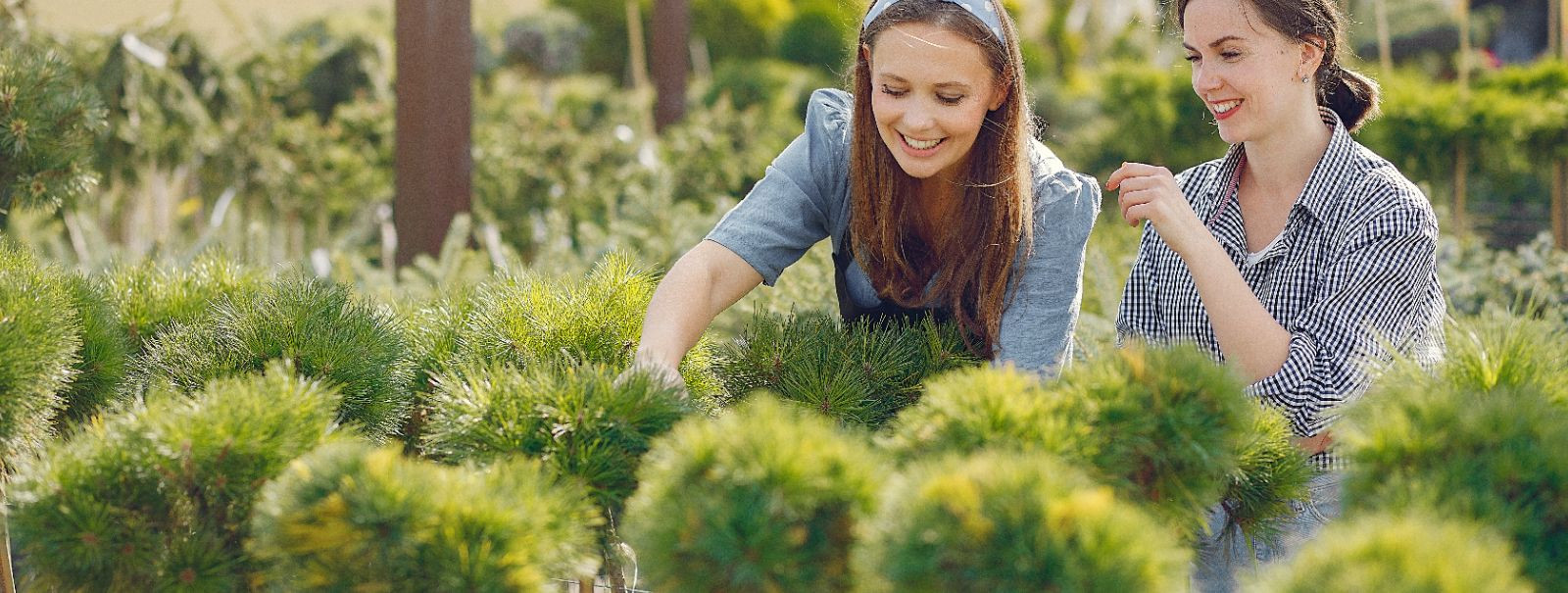How to choose the right trees for your yard
Before selecting trees for your yard, it's crucial to understand the climate of your area. Trees that thrive in one climate may struggle in another. Consider the average temperature, humidity, and precipitation levels. For instance, if you live in a region with harsh winters, opt for trees that are cold-hardy.
The type of soil in your yard can significantly impact tree growth. Conduct a soil test to determine its pH level and nutrient content. Some trees prefer acidic soil, while others thrive in alkaline conditions. Additionally, consider the soil's drainage capabilities, as poor drainage can lead to root rot.
Observe how sunlight moves across your yard throughout the day. Some trees require full sun, while others can tolerate partial shade. Understanding these patterns will help you place trees in optimal locations for their growth needs.
Defining Your Yard's Purpose
Consider the visual impact you want your trees to have. Do you prefer vibrant fall colors, spring blossoms, or unique bark textures? Choose trees that align with your aesthetic preferences to enhance your yard's beauty.
If privacy is a priority, select trees with dense foliage that can act as natural screens. For shade, consider trees with broad canopies that can provide relief from the sun during hot summer months.
To attract birds, bees, and other wildlife, choose trees that produce fruits, nuts, or flowers. These trees not only support local ecosystems but also add life and movement to your yard.
Selecting Tree Species
Native trees are adapted to the local environment and typically require less maintenance. Non-native trees can offer unique aesthetics but may need more care to thrive. Weigh the pros and cons based on your maintenance preferences.
Deciduous trees shed their leaves annually, providing seasonal interest, while evergreen trees maintain their foliage year-round, offering consistent greenery. Decide which type aligns with your yard's needs.
Fast-growing trees provide quick results but may have shorter lifespans or weaker wood. Slow-growing trees often live longer and are more robust. Consider your patience level and long-term plans for your yard.
Maintenance and Care Requirements
Different trees have varying water requirements. Some may need frequent watering, especially during dry spells, while others are drought-tolerant. Ensure you can meet the watering needs of your chosen trees.
Regular pruning helps maintain tree health and shape. Some trees require more frequent trimming than others. Consider the time and effort you're willing to invest in tree maintenance.
Choose trees that are resistant to common pests and diseases in your area. This will reduce the need for chemical treatments and help maintain a healthy yard ecosystem.
Long-Term Considerations
Consider the mature size of the trees you select. Ensure they have enough space to grow without interfering with structures, power lines, or other plants.
Some trees have aggressive root systems that can damage sidewalks, driveways, or foundations. Research the root behavior of your chosen trees to prevent future infrastructure issues.
Be prepared for seasonal changes, such as leaf drop in autumn or flower petals in spring. Consider the cleanup effort required and whether it fits your maintenance routine.





Comments (0)